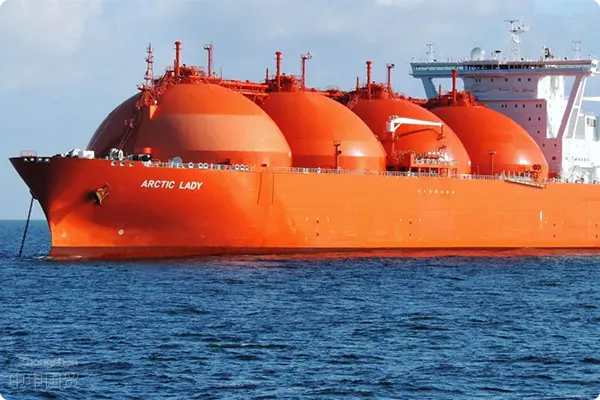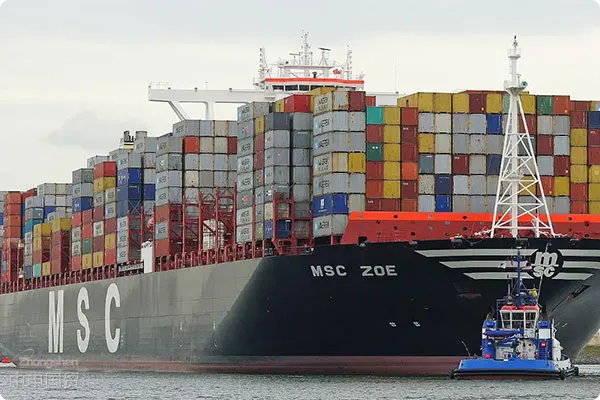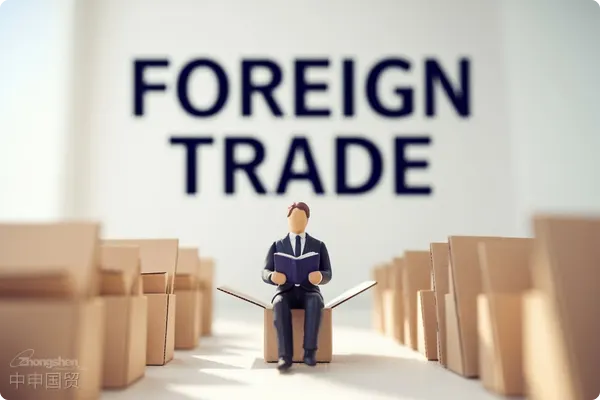- Shanghai Zhongshen International Trade Co., Ltd. - Two decades of trade agency expertise.
- Service Hotline: 139 1787 2118
Liquefied Natural Gas: The Energy Magic in a Cryogenic World
Have you heard of liquefied natural gas (LNG)? Its a super transformation of natural gas, not only shrinking its volume to 1/600th of the original but also retaining its clean energy properties. LNG is produced by purifying natural gas and liquefying it under ultra-low temperatures of -162°C and pressure. Its main component is methane (CH4), along with small amounts of ethane (C2H6), propane (C3H8), and nitrogen (N2). After volume reduction, it is particularly suitable for transportation via tanker trucks or ships. This energy magic from the cryogenic world provides clean and efficient energy for our lives. And when declaring it to customs, dont forget its HS code: 2711110000.

Importing Liquefied Natural Gas: Dont Forget National Standards
Liquefied natural gas is not only an energy resource but also a critical component of a countrys energy security, so its import is strictly regulated. Before importing LNG, you must ensure the product complies with the national mandatory standard GB/T 38753-2020 for liquefied natural gas. Understanding these standards not only protects your companys interests but also contributes to the nations energy security!
Liquefied Natural Gas Declaration Requirements: The Seriousness of Hazardous Chemicals
As a hazardous chemical listed in the Hazardous Chemicals Directory, liquefied natural gas is classified under Hazard Class 2.1 (according to GB 6944-2012 Classification and Code of Hazardous Goods). This means importers or agents must exercise extra caution when declaring, truthfully reporting details such as the cargos properties, hazard class, and UN number through Chinas International Trade Single Window (https://www.singlewindow.cn/). In addition to general declaration documents, the following materials must be uploaded:
- Importers Compliance Statement for Hazardous Chemicals;
- For products requiring inhibitors or stabilizers, a detailed explanation of the additives must be provided;
- A sample of the Chinese Safety Data Sheet.
Customs Supervision of Liquefied Natural Gas: Three Steps to Safeguard
Document Review
After the importer or agent submits the documents, customs will review them based on system risk alerts and relevant regulations. If the materials are incomplete or non-compliant, customs will notify the applicant to make corrections, ensuring all documents are accurate.
On-Site Inspection
If port inspection is required, customs will also verify the consistency of the attached Chinese Safety Data Sheet and Compliance Statement. For samples requiring testing, customs will collect representative samples for lab analysis and complete a sampling record form.
Result Determination
Based on lab test results and the mandatory requirements of GB/T 38753-2020 for liquefied natural gas, customs will make a comprehensive assessment. If all inspection items pass, the LNG can proceed with customs clearance.
Friendly Reminder: No More Batch-by-Batch Weight Verification
Lastly, a special reminder: according to Customs Announcement No. 159 of 2019, liquefied natural gas, as a bulk commodity, no longer requires batch-by-batch weight verification. If a weight certificate is needed, companies can apply through platforms like the Single Window, and customs will conduct weight verification and issue the certificate upon request.
The process of importing liquefied natural gas may seem complex, but by following regulations and proceeding step by step, all procedures can proceed as smoothly as flowing water. We hope this guide helps make your LNG import journey less bumpy and more successful!
(Note: This article references GB/T 38753-2020 Liquefied Natural Gas, List of Hazardous Chemicals (2015 Edition), Inspection and Quarantine Declaration Regulations, Notice on Standardizing Hazardous Chemicals Declaration, and Customs Announcement No. 129 of 2020)import and exportIs importing liquefied natural gas difficult? Customs clearance secrets revealed!
Related Recommendations
? 2025. All Rights Reserved. Shanghai ICP No. 2023007705-2  PSB Record: Shanghai No.31011502009912
PSB Record: Shanghai No.31011502009912










